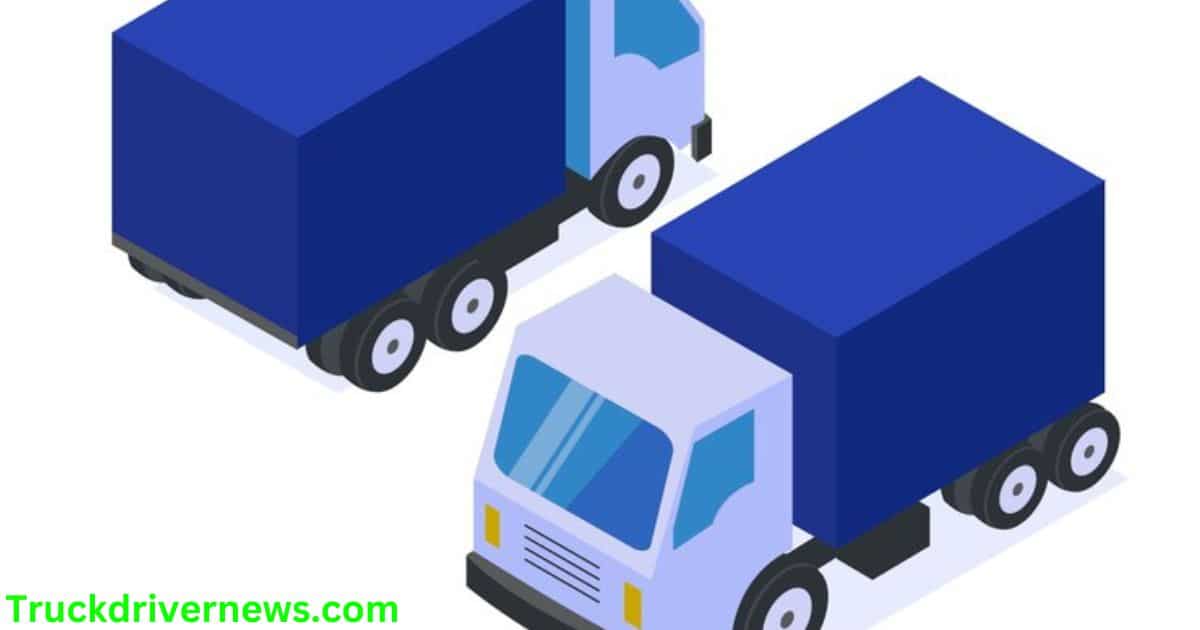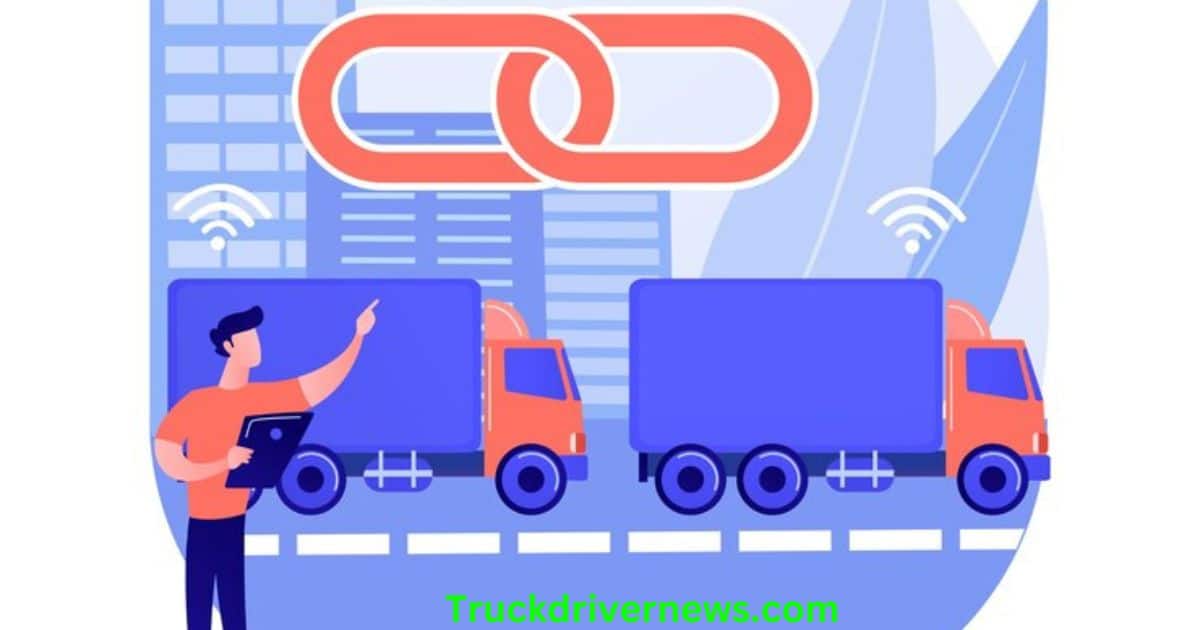April 2024 Truck and Warehouse Jobs shift, with trucking losing 300 jobs, and warehouses adding 7,600 jobs - highlighting industry volatility.
Continue Reading
May 19, 2024 5:46 pm

In the ongoing battle against human trafficking, the U.S. Department of Transportation (USDOT) is launching initiatives to educate and empower transportation workers, including truck drivers, to recognize and report instances of trafficking. This article explores the USDOT’s efforts to combat human trafficking and the vital role truck drivers play in this endeavor.
Human trafficking is a pervasive crime that exploits vulnerable individuals for forced labor or commercial sex acts. It thrives in the shadows, often hiding in plain sight along the nation’s transportation networks. Recognizing the signs of trafficking and knowing how to respond are crucial steps in combating this heinous crime.
As a truck driver, you can read the trucking news-related articles.
Truck drivers are on the front lines of America’s highways, making them uniquely positioned to identify and report suspicious activity related to human trafficking. Through the USDOT’s Transportation Leaders Against Human Trafficking (TLAHT) initiative, truck drivers are equipped with the knowledge and resources to combat trafficking effectively.
The USDOT provides truck drivers with educational materials tailored specifically to the trucking industry. These materials offer valuable information on how to identify potential trafficking situations and the proper channels for reporting them. By distributing these materials, the USDOT aims to empower truck drivers to be vigilant and proactive in the fight against human trafficking.
Campaign materials distributed by the USDOT include QR codes that link to mode-specific indicators and reporting methods. These technological tools make it easier than ever for truck drivers to report suspicious activity quickly and efficiently. By leveraging technology, truck drivers can play a significant role in disrupting human trafficking networks.
The USDOT offers training programs designed to educate transportation personnel, including truck drivers, on the intersection of human trafficking and transportation. These programs provide participants with the necessary tools and skills to identify and report trafficking effectively. By investing in training, the USDOT aims to enhance the capacity of truck drivers to combat trafficking on America’s highways.

Don’t Miss:
One of the most significant initiatives within the USDOT’s anti-trafficking efforts is the Blue Lightning Initiative (BLI). BLI trains aviation industry personnel, including truck drivers who transport goods by air, to identify potential traffickers and victims and report their suspicions to law enforcement. This initiative has already trained hundreds of thousands of employees and has led to actionable tips being reported to authorities.
In addition to training programs like BLI, the USDOT actively engages with stakeholders through public meetings, webinars, and social media campaigns. By fostering collaboration across various sectors, the USDOT aims to develop comprehensive strategies to counter human trafficking effectively. Truck drivers are encouraged to participate in these initiatives and contribute their insights and experiences to the broader anti-trafficking efforts.
For truck drivers who want to get involved in the fight against human trafficking, there are several steps they can take. First and foremost, they can familiarize themselves with the signs of trafficking and the proper reporting procedures. Additionally, truck drivers can join the TLAHT initiative by signing the Transportation Leaders Against Human Trafficking pledge and accessing modal counter-trafficking resources online. By becoming part of this collective effort, truck drivers can make a meaningful contribution to combatting human trafficking on America’s highways.
The USDOT’s initiatives to combat human trafficking represent a crucial step forward in the fight against this pervasive crime. Truck drivers, as key stakeholders in the transportation industry, have a critical role to play in identifying and reporting instances of trafficking. By working together with other transportation professionals and law enforcement agencies, truck drivers can help ensure that America’s highways are not used as conduits for human exploitation.

Truck drivers are the backbone of the nation’s economy, responsible for transporting goods across vast distances. As they travel along highways and through cities, they encounter a wide range of people and situations, making them essential allies in the fight against human trafficking.
By expanding the role of truck drivers in anti-trafficking efforts, the USDOT aims to harness their unique perspective and extensive reach to combat trafficking more effectively. Truck drivers are encouraged to be vigilant and observant while on the road, keeping an eye out for signs of suspicious activity that may indicate human trafficking.
Truck drivers can play a crucial role in identifying potential instances of human trafficking by being aware of the signs. These signs may include:
– Individuals who appear fearful, anxious, or submissive.
– Signs of physical abuse, such as bruises, cuts, or other injuries.
– Inability to communicate freely or speak for oneself.
– Lack of personal belongings or identification documents.
– A driver witnessing a passenger being controlled or coerced by another individual.
Truck drivers are encouraged to trust their instincts and report any suspicious activity to the appropriate authorities promptly.
Reporting suspected instances of human trafficking is a critical step in combatting this crime. Truck drivers can report suspicious activity to law enforcement agencies or the National Human Trafficking Hotline at 888.373.7888. The USDOT provides resources and guidance on the proper reporting procedures, ensuring that truck drivers know how to respond effectively when they encounter potential trafficking situations.
Truck drivers are encouraged to collaborate closely with law enforcement agencies to combat human trafficking effectively. By sharing information and working together, truck drivers and law enforcement officials can disrupt trafficking networks and rescue victims from exploitation. Truck drivers play a vital role in providing valuable intelligence and evidence that can lead to the identification and prosecution of traffickers.
In addition to identifying and reporting instances of trafficking, truck drivers can support victims by providing them with assistance and resources. Truck drivers are often the first point of contact for trafficking victims, and their support can make a significant difference in helping victims escape exploitation and access the help they need.
For more information and articles from the trucking industry, follow us on Facebook or subscribe to our Truck Driver News newsletter.
April 2024 Truck and Warehouse Jobs shift, with trucking losing 300 jobs, and warehouses adding 7,600 jobs - highlighting industry volatility.
Continue ReadingBritish Columbia is taking a stand against commercial truck drivers who compromise the safety of the province's highways by hitting overpasses. This move is not just about
Continue ReadingAs we move through 2024, the trucking industry faces an unprecedented challenge with cargo theft reaching new heights. Experts forecast this year to mark a continuation of
Continue ReadingThe American Trucking Associations (ATA) has expressed strong opposition to the Department of Justice's proposed rule of marijuana reclassification.
Continue ReadingIn an effort to increase efficiency and sustainability in Trucking, Phillips Industries has launched their new, advanced, stick-on solar panels
Continue ReadingThe 2024 CVSA International Roadcheck is scheduled for May 14-16. Over 72 hours, inspectors across the US will conduct nearly
Continue ReadingAutomated License Plate Readers are a major advance in law enforcement technology but they raise significant privacy and oversight challenges.
Continue ReadingThe EPA's latest emission standards detailed in a final rule issued on March 29 are sparking vigorous debate within the
Continue ReadingOOIDA • ATA • DOT • NASTC • WOMEN IN TRUCKING • NPTC • DRIVER RESOURCES • TDN STAFF • ARCHIVES • SITEMAP